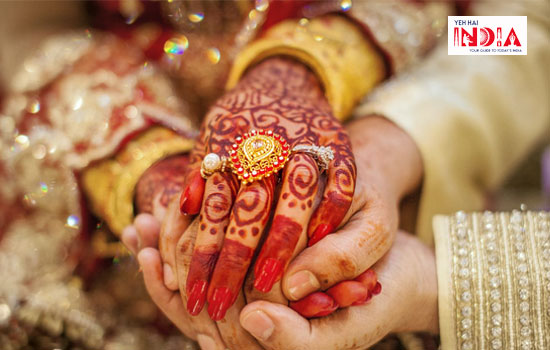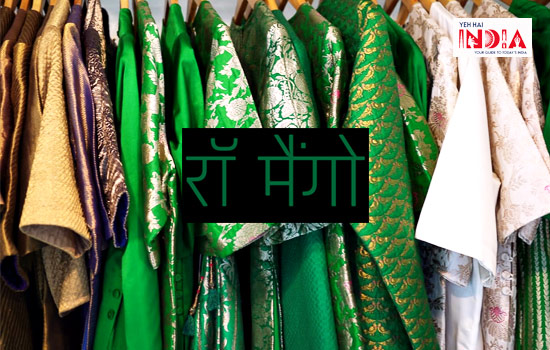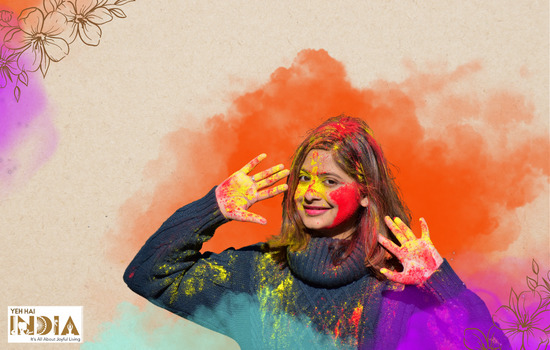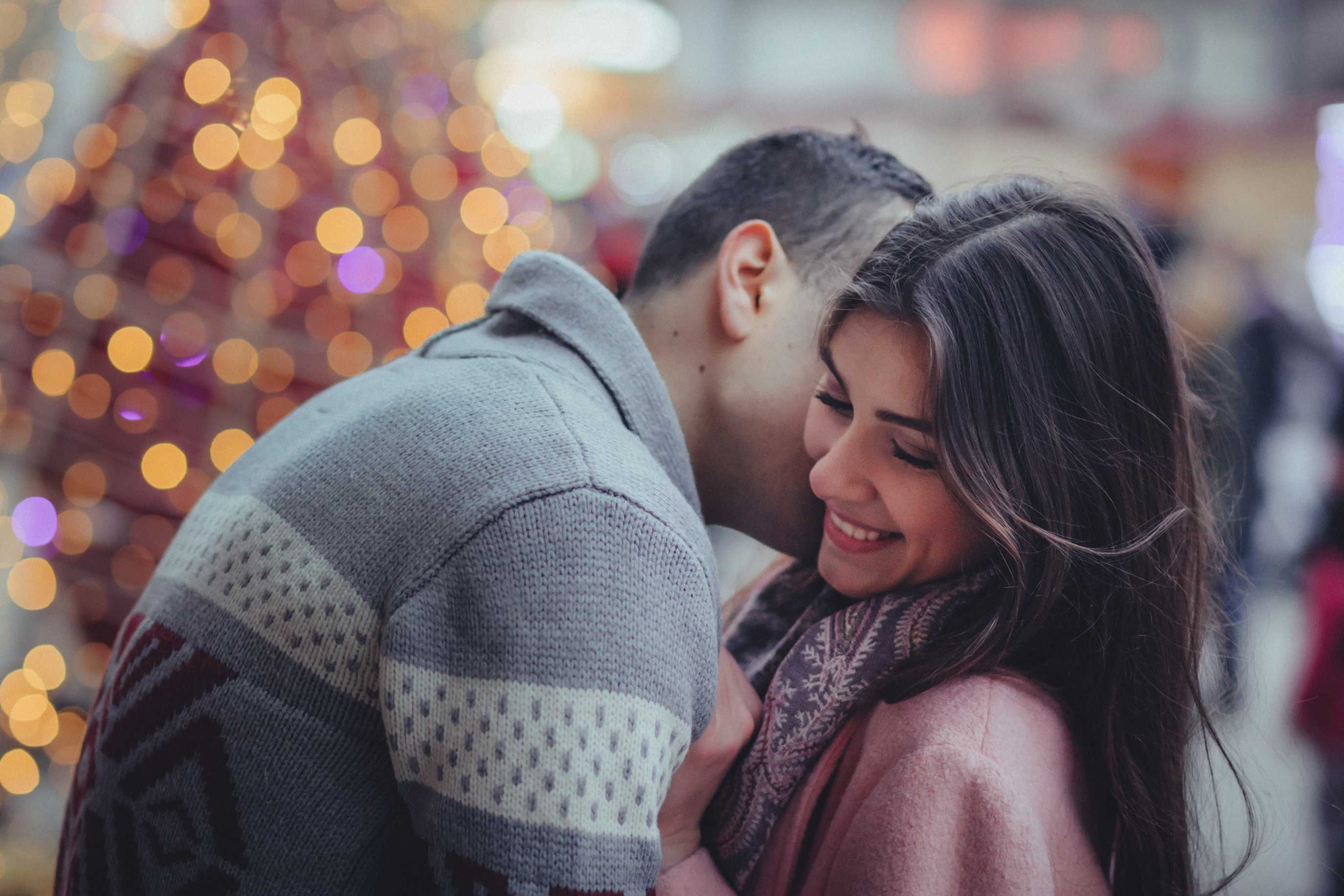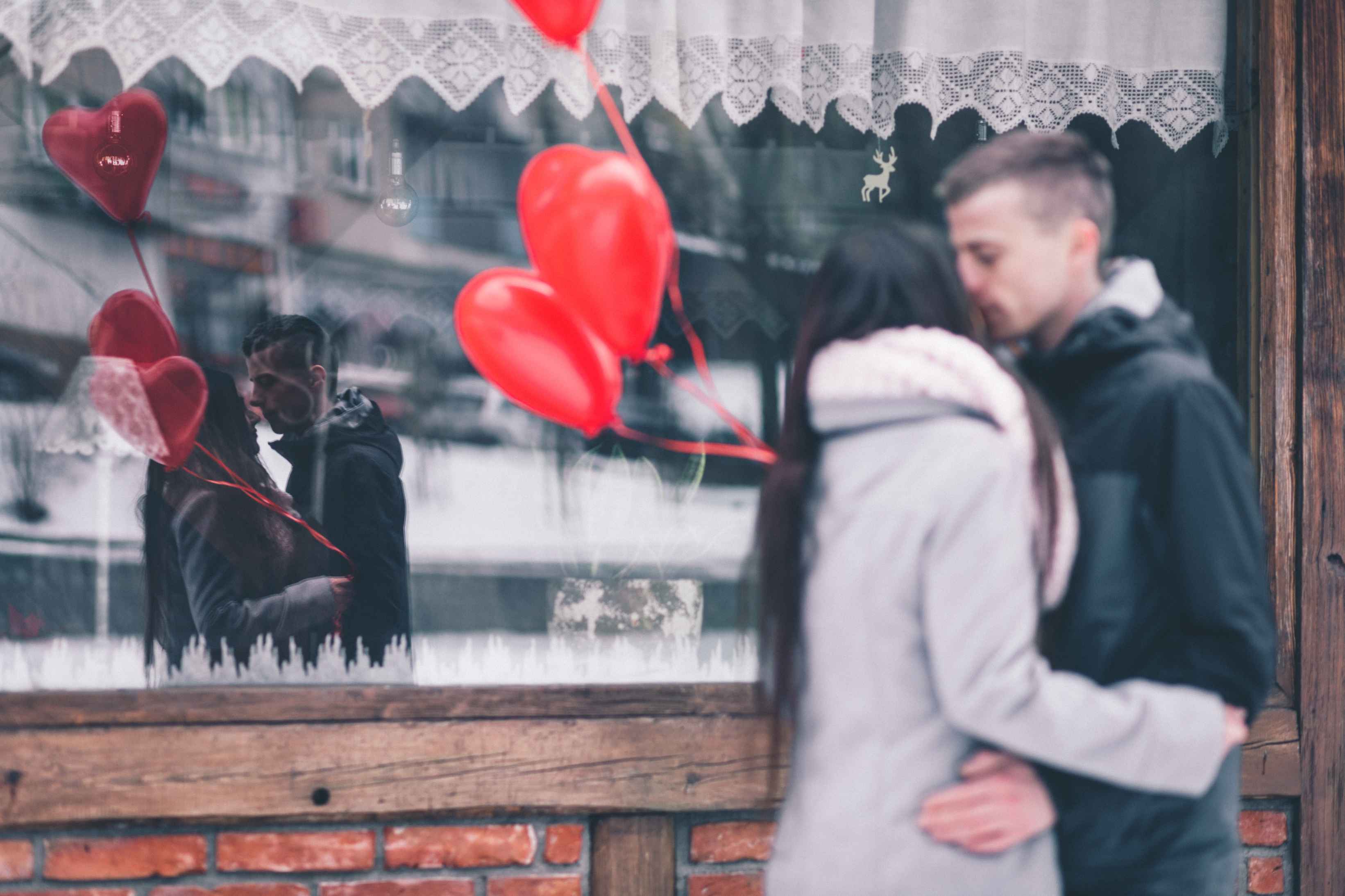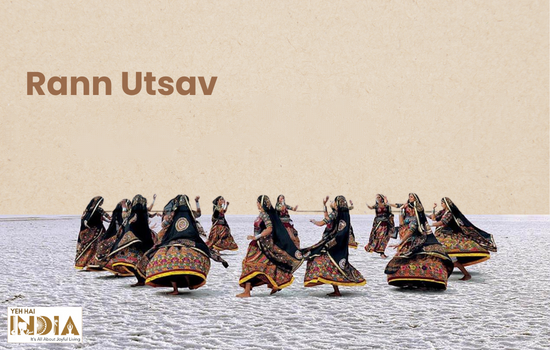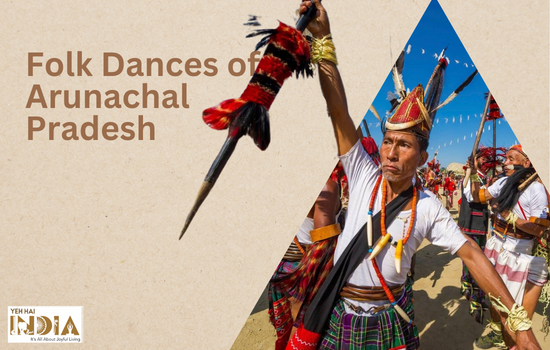Are you curious about the marvellous wedding ceremonies of Jain culture? Here, we take you on a journey to the beautiful traditions of a Jain wedding.
India is a land of exquisite cultural heritage which is reflected in the grandeur celebrations in the different communities that reside in harmony in the beautiful country. While most festivals and occasions involve a grand celebration with a vast number of rituals, one of the most important traditions for a community is the marriage celebration.
Indians are known for their grand marriage traditions which have existed since time immemorial. These traditions are not only important for the purpose of the marriage itself but it is also an important way of showcasing one’s self esteem and pride in ethnic identity. The marriage traditions are usually elaborate and involve a set of rituals, each with a certain purpose that ensures smooth conduction of the process.
Recommended Story – Kannada Wedding Rituals
Jainism is one of the major religious communities in India who are known to have very simple life values. The philosophy of their religion is to reduce harm and live a simple lifestyle. The traditions are often governed by their spirituality and marriage is seen as a sacred relation where two souls are connected by a social and spiritual bond.
Marriage ceremony is also like a reunion party for the modern day Indians as many relatives who stay far away are required to come and attend the wedding. The idea of simplicity is reflected in the religious traditions followed during a Jain wedding. However, the main marriage and reception ceremonies are usually sumptuous just like other weddings of other communities.
Pre-wedding ceremonies
These are the set of rituals that takes place before the actual grand wedding.
Khol Barana and Tikka:
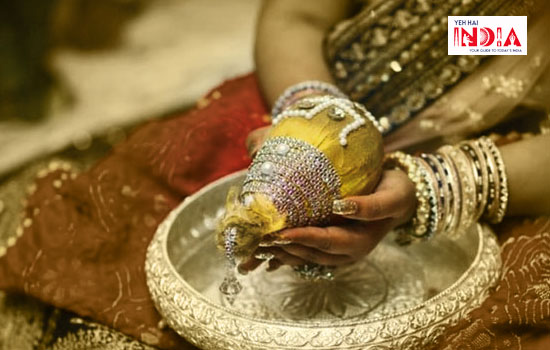
This ceremony marks the official starting of marriage traditions after everything is fixed between the bride and groom’s family. During this, a groom’s family is required to provide a Shagun to the bride’s family. This traditionally includes a silver plate with coconut and some cash. The coconut and cash are considered to be auspicious. The bride’s family also presents something to the groom’s family and it is called the Tikka or Tilak ceremony.
Lagna Lekhan:
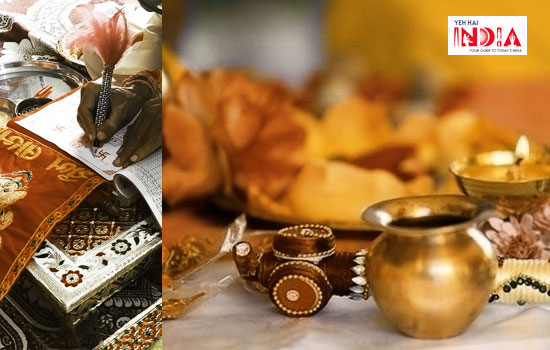
A pooja is conducted at the bride’s home. After that, an auspicious date and time is selected for the wedding. This kind of practice is also common in wedding rituals of various other Indian communities.
Lagna Patrika Vachan:
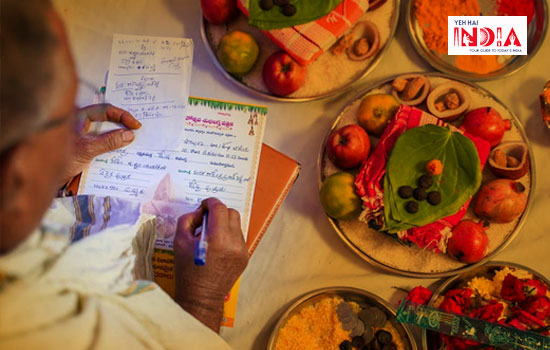
A formal letter is penned down which contains the timing of the wedding and it is sent to the group family. After receiving the letter, a pandit in the groom’s house reads it in front of family members after the Vinayakyantra pooja is performed by the groom. This ritual is called the Lagna Patrika Vachan.
Sagai:
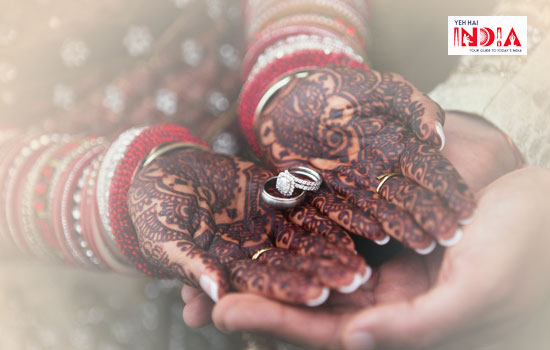
Sagai means engagement. Usually, during engagement in our communities, rings are exchanged between the bridge and groom but in the Jain community, the practice is a bit different. The bride’s family visits the groom’s family and instead of exchanging rings, the bride’s brother applies a tika on the forehead of the groom. This signifies that the groom is now accepted as the future husband of the bride. Gifts are also exchanged between the families during this occasion and some people through small parties where close relatives and friends are invited.
Mehandi:

Mehandi ceremony is similar to the mehendi ceremony in other communities where the bride’s hands and feet are decorated with intricate and magnificent henna designs. This ceremony usually marks the start of the actual wedding celebrations and all the relatives and friends come over to the bride’s home. This ritual is traditionally only for the females. The tradition of mehndi is only observed by the communities in Rajasthan and Gujarat.
Bana Betai:
It is a sacred bath taken right before the wedding by both the bride and the groom. Chickpea flour is applied to the body by the married woman of the family. This tradition is only practiced by Rajasthani Marwadi Jain’s.
Mada Mandap:
In the exact spot of the wedding, a small pooja is performed by the pandit, known as mada mandap. This ritual is performed just before the beginning of the wedding lagana.
Recommended Story – Christian Wedding Rituals
The Wedding Ceremony:
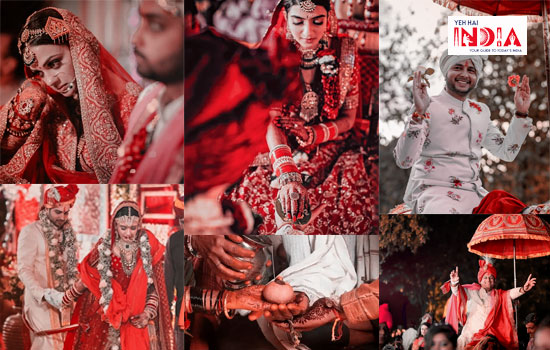
Finally after all these rituals, the D-Day arrives and it comprises a long list of rituals with different religious and traditional significance.
Wedding Attire:
A discussion about tradition is incomplete without mention of the wedding attire which is one of the prominent displays of religious and ethnic identity in a wedding ceremony. Traditionally, the groom used to wear a simple outfit of kurta and pajama. However, nowadays most grooms wear more elaborate sherwani along with pajama, a practice inspired from the weddings from the other communities in north India. The sherwanis are very elegant silk garments with sophisticated designs. A seven layered necklace made of emeralds and pearls is worn by the groom, usually, as a display of his status. Safar or headscarf is worn by the groom in red, maroon and saffron colour. A pair of mojri or sandal completes his wedding attire.
The wedding attire of the bride is directly influenced by the culture rather than religion and depending on the family traditions she may wear a saree or a lehenga. The lehengas are fairly elaborate and red is usually considered to be the most auspicious colour for a bride. Gold ot kundan jewelries are very important for completing the elegant look.
Now, let’s look at the rituals of the marriage day.
Barati:
During this ceremony, the bride’s brother and the groom exchange coconuts and the brother also gifts money and clothes to the groom.
Aarti:
The mother and other married women among the bride’s family perform an aarti and sing traditional wedding songs called mangal geet. This is how the groom is formally welcome by the bride’s family.
Kanya varan:
The bride comes to the wedding place. Traditionally, her parents place some money and rice grains on the bride’s right palm and present her to the groom who holds her hand and the bride’s father declares that his daughter is being married to the groom. The pandit starts reciting wedding mantras and pouring water over the couple’s hands. A married female from the family comes to tie the clothes of the bride and groom together to prepare them for the pheras. This ritual is called Granthi Bandhan.
Pheras:
Pheras are the most crucial part of the wedding rituals without which no wedding is considered to be valid. During the pheras, the bride and groom take seven circles around the sacred fire. The pandit keeps chanting the holy mantras while the guests shower flowers on the couple and sing mangal geet. The seven pheras are followed by taking seven wedding vows after which the bride sits towards the left of the groom and the fire is put out.
Ashirvada:
After the completion of the wedding, the new couple seeks blessings from the elders of both the families by touching their feet.
Vidai:
After all the rituals are completed, the bride has to leave with her new husband to her new home as her family bids her an emotional goodbye.
Reception:
The reception is a party given by the groom’s family to celebrate the wedding. It is usually a big event where all the extended family and friends from the groom’s side are invited to meet the new bride.
Also Read – Gujarati Wedding Rituals


